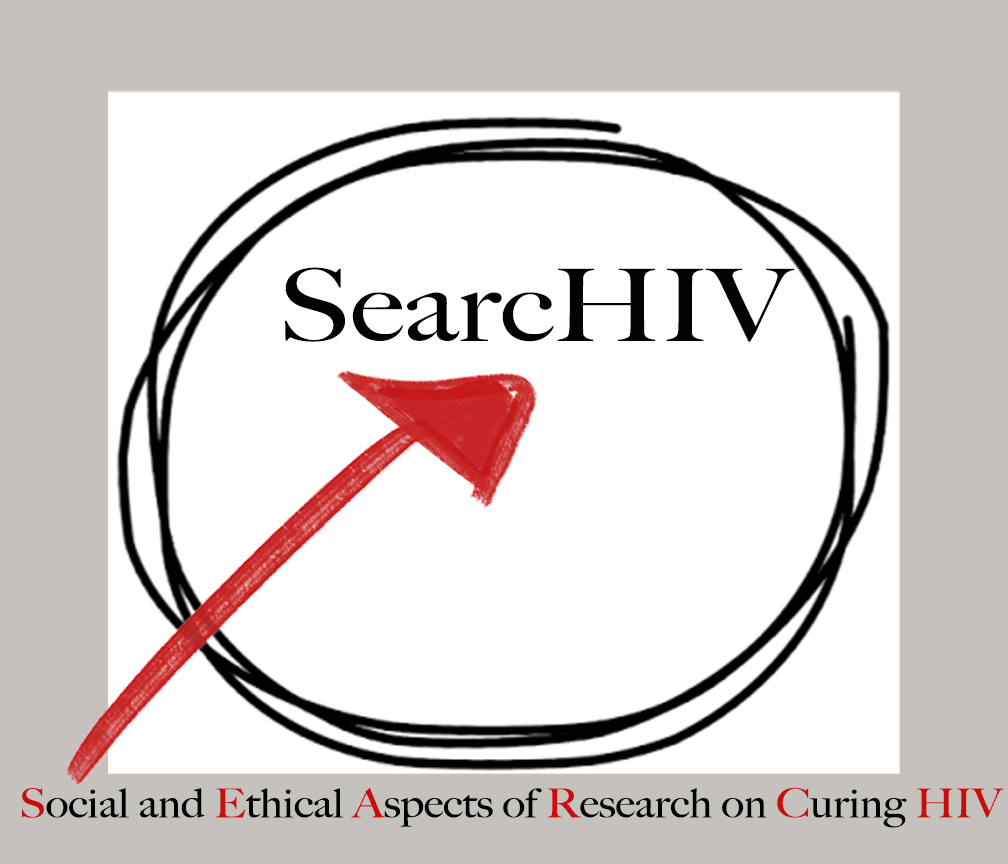by Karine Dube

The CROI 2016 conference was held in Boston, MA from February 22 – 25, 2016.
Relevant highlights include:
- The pre-CROI community HIV cure research workshop hosted on Sunday February 21, 2016:
- Dan Kuritkes presented on the tribulations of getting the Panobinostat-Interferon (INF)-alpha study approved by the Food and Drug Administration (FDA) (n = 30). After a full clinical hold in July 2015, the study team modified the design and the protocol was finally FDA approved in February 2016. Concerns related to Panobinostat included mutagenicity, hematological toxicity, cardiac toxicity and possible gastro-intestinal effects. Due to the black box warning about Panobinostat, the FDA requested additional dose-response data between dosing and toxicity and recommended a three-graded step for increases in Panobinostat dosage (1) 5 mg – 6 participants, 2) 10 mg – 6 participants and 3) 15 mg – 12 participants). The first two cohorts are for safety (randomized 2:1 to receive INF-alpha or control) and the third cohort is for activity (randomized 2:1 to receive IFN-alpha or control). This case illustrates the need to initiate pre-IND discussions early with the FDA and to carefully assess risk-benefit ratios when designing studies. Lynda Dee discussed the critical role of the community in helping resolve the clinical trial hold.
- Kathryn Stevenson reviewed the potential role of broadly neutralizing antibodies (bnAbs) in HIV eradication. bnAbs research efforts have exploded in the last 5 years, with several classes in clinical development. The most common bnAbs include VRC01, 3BNC117, V3 glycan-dependent bnAbs (such as PGT121) and V2 glycan-dependent bnAbs. bnAbs will likely work best in combination and a new promising field of study includes the combination of bnAbs with latency-reversing agents and therapeutic vaccines aimed at training the immune system to recognize HIV.
- Zaza Ndhlovu from Durban, South Africa presented results from the FRESH (Females Rising through Education, Support and Health) cohort, including the role of CD8 T cells in controlling HIV in the period immediately after infection. The FRESH study design also included an empowerment program aimed at helping girls find employment and/or return to school.
- Guilio Maria Corbelli reported on the recent European AIDS Treatment Group (EATG) HIV cure research meeting in Barcelona, Spain, including stem cell transplant research performed by Dr. Martinez-Picado in Spain, the scientific agenda of the Agence Nationale de Recherche sur le SIDA (ANRS) in France and ongoing studies in Denmark and the United Kingdom.
- Lynda Dee presented on the role of the NIH’s Recombinant DNA Advisory Committee (RAC) and its role in HIV cure research. The RAC was instituted in 1974 when gene therapy was novel. RAC reviews protocols when the review cannot be adequate conducted by the FDA and IRBs. The RAC review is also needed when new vector, genetic material or first-in-human delivery methods are used or when preclinical safety data needs to be obtained using new unknown or unconfirmed preclinical model systems. The NIH is currently in the process of streamlining the RAC review process to ensure balance between safety and expedient review of research protocols involving recombinant DNA.
- A team of community advocates – Jessica Salzwedel, David Evans, Jeff Taylor and Karine Dubé, presented on the ongoing efforts to expand HIV cure activism globally, given that the IAS 2016 meeting will be held in Durban, South Africa in July 2016. Planned community engagement efforts by the IAS 2016 include:
- Dual opening session with community representative at the Towards an HIV Cure Symposium. Gethwana Mahlase, ZimnadiZonke, South Africa is confirmed speaker.
- Towards an HIV Cure Scholarship Programme aimed at expanding the scholarship programme in 2016 to 50 scholarship recipients. The scholarship programme ensures that both the symposium and AIDS 2016 are accessible to a number of people from resource-limited settings, basic scientists, young researchers, and community representatives.
- Collaboration on a new CUREiculum (http://www.avac.org/cureiculum) webinar series leading up to Durban and preparation of fact sheets to render HIV cure research information accessible. Modules will include:
- Introduction to HIV cure research
- Stakeholder engagement
- Informed consent
- Ethics
- Early antiretroviral treatment
- Paediatric HIV cure research
- Pre-symposium educational workshop to take place on July 16, 2016 in Durban, South Africa. The purpose of the workshop will be to make the science and data presented at the symposium more accessible for community representatives, young researchers and delegates new to HIV cure research
- AIDS 2016 Global Village – the IAS is exploring the possibility to hold informal ‘meet the experts’ sessions at the Global Village with a focus on interaction, discussion, and Q&A.
- Laurel Sprague (from the Sero project) discussed the limits and complexity of conducting research on stigma and HIV. Her talk focused on the role of internalized stigma, vulnerabilities related to HIV, challenges around disclosure and the importance of protecting the dignity of all people living with HIV. Challenges related to conducted stigma-related research included: tokenism, confidentiality, devalued community research, structural stigma, exploitation of community voices and emotional toll.
Significant HIV Cure Clinical Research Highlights:
- Huldrych Gunthard provided the HIV cure research overview on Monday February 22, 2016. He discussed the main obstacles to HIV cure research, measures of the latent HIV reservoirs, and main HIV cure research strategies being explored.
- Bruce Walker, in the CROI 2016 opening session, discussed the role of T cell control for HIV, including implications for cure.
- The company Gilead announced pre-clinical data from a study evaluating an investigational TLR-7 agonist in SIV-infected non-human primates. The study found that the TLR-7 agonist could induce transient plasma SIV RNA blips and reduced SIV DNA. The agent resulted in subsequent prolonged virus suppression in some of the non-human primate following treatment interruption.
- A posted that received significant community attention was that of Guido Kobbe et al., who reported on the treatment of HIV and acute myeloid leukemia by allogeneic CCR5-d32 blood stem cell transplantation. All the tests from the “Düsseldort patient” suggest a cure similar to that of the Berlin patient; however, additional tests will need to be completed to confirm the case of “cure.”
For More Information about CROI 2016:
- CROI 2016 Website: http://www.croiconference.org/
CROI 2017 is being planned in Seattle, WA from February 13 – 16, 2017.

